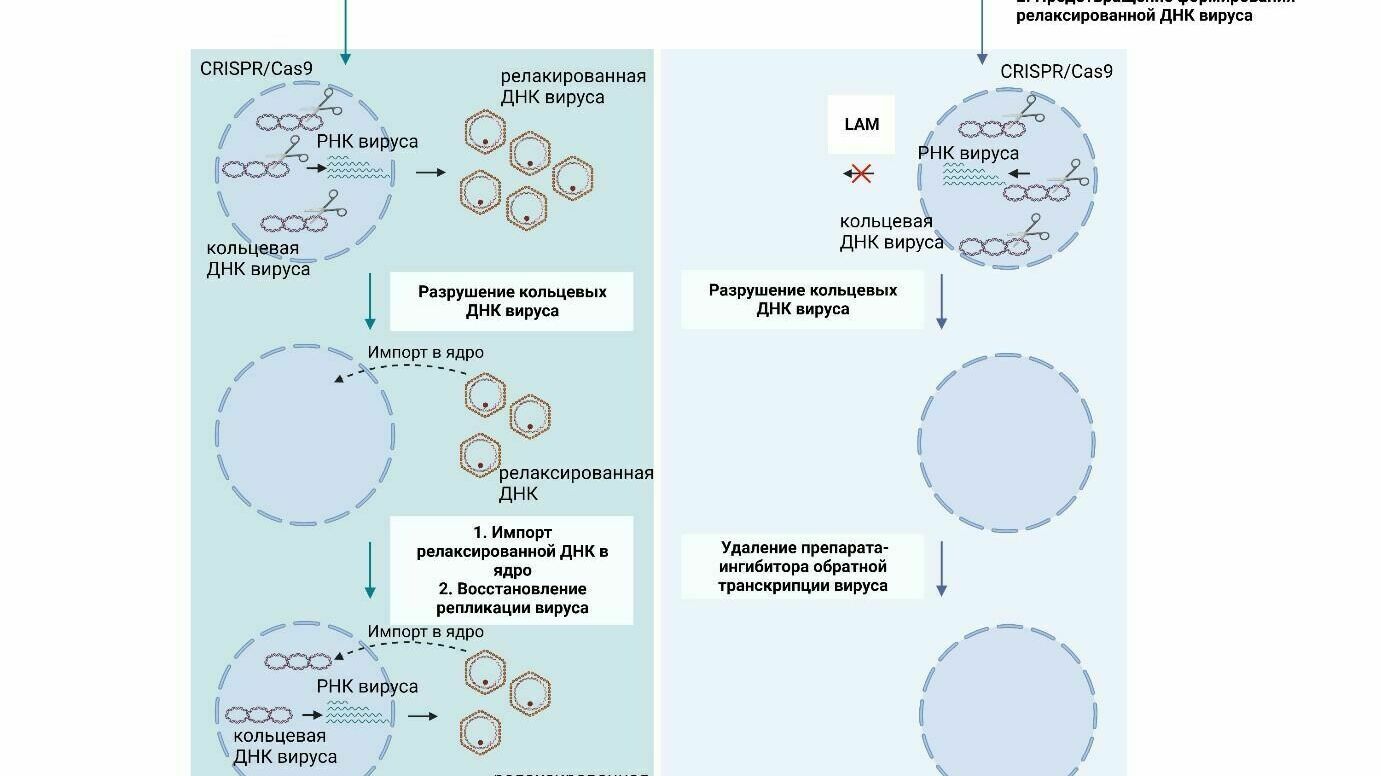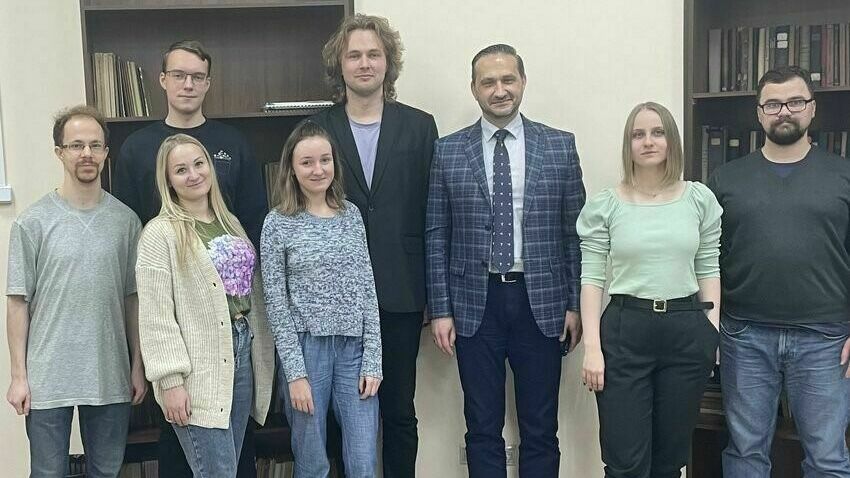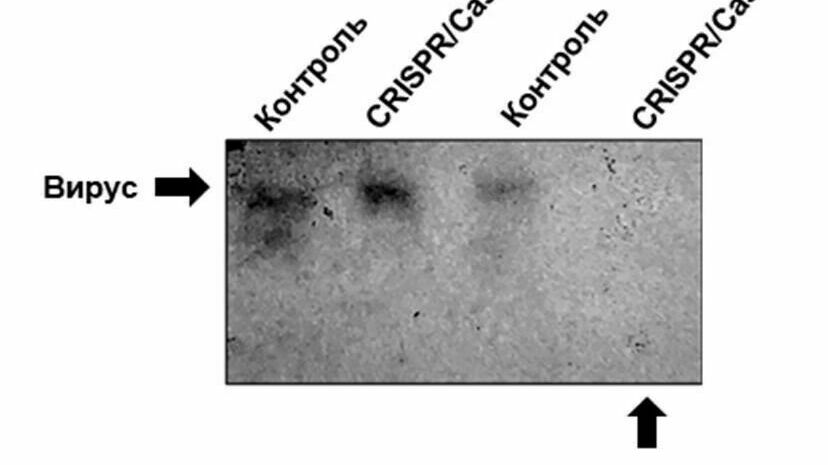Posted 17 февраля 2023, 07:17
Published 17 февраля 2023, 07:17
Modified 17 февраля 2023, 08:21
Updated 17 февраля 2023, 08:21

The virus will disappear forever: scientists have found a "weak spot" of chronic hepatitis B
Ivan Zubov
Previously, it was believed that it was possible to cure chronic hepatitis B by removing the main form of the virus DNA from the liver cells.
The authors showed for the first time that this is not enough, and even after the removal of viral DNA, a relapse of infection occurs. The proposed method allows them to completely rid infected cells of the virus, which can form the basis of new drugs against hepatitis B. The results of the study, supported by a grant from the Russian Science Foundation (RNF), are published in the journal Molecular Therapy: Nucleic Acid.
Hepatitis B virus is a dangerous infectious disease, from which about a million people die every year. It mainly affects the liver and can lead to the development of cirrhosis and cancer. The virus is transmitted from person to person through blood and other biological fluids. At the same time, it is very stable: the pathogen persists outside the human body on various surfaces for up to several weeks, and is extremely contagious — just one viral particle can be enough to infect an unvaccinated person. Russia has created one of the most effective vaccination programs in the world against hepatitis B. Nevertheless, more than 316 million people are infected with the hepatitis B virus in Russia and the world.


The currently existing methods of treating hepatitis B do not rid sick people of viruses, but only suppress the reproduction of the pathogen in the body. Therapy turns out to be ineffective because the ring DNA of the virus is preserved in the nuclei of hepatocytes — liver cells, which conventional drugs are not able to "detect". The only known way to destroy it is to cut it with "molecular scissors", or the CRISPR/Cas9 system. This tool accurately recognizes certain genetic sequences that it was specifically "targeted" by scientists, and cuts them, thereby preventing the DNA of viruses from working. Therefore, if you direct CRISPR/Cas9 exclusively to the sequences that are in the DNA of the virus, the system will be absolutely safe for humans.
Studies have shown that after the introduction of CRISPR/Cas9 into infected hepatocytes, the viral DNA disappears from them, but reappears after a while. It turned out that the virus leaves behind two types of DNA molecules in the cells. The first is a closed ring DNA, which is effectively cut by "molecular scissors". The second is relaxed, or broken along one chain, ring DNA, which serves as a precursor for the first type and has a slightly different styling from it. CRISPR / Cas9 does not act on it, therefore, after "waiting out" the effect of the drug, the molecule turns into a full-fledged closed DNA, on the basis of which new viral particles are collected.
Scientists from the I. M. Sechenov First Moscow State Medical University (Moscow) with Russian colleagues have improved the CRISPR/Cas9 method for the treatment of hepatitis B, which made it possible to destroy both types of virus DNA in cells and prevent relapse of the disease.


Using molecular methods, the authors created a CRISPR/Cas9 system aimed at the closed ring DNA of the virus, after which they tested its operation in artificial conditions — in human cell culture. The experiment showed that the "molecular scissors" destroy more than 98% of the corresponding DNA molecules, while the CRISPR/Cas9 complex itself also disintegrates after a day. This suggests that if it is used in the human body, it will not leave traces after its work and will not be able to damage non-target areas in human DNA.
However, the study showed for the first time that if the relaxed DNA of the virus was also present in the solution, after about two weeks, full-fledged molecules of closed viral DNA were created on its basis. To prevent this, scientists have proposed, together with CRISPR/Cas9, to use a special DNA synthesis inhibitor — a drug that has been used for many years in the treatment of patients with chronic hepatitis B.
The researchers confirmed the effectiveness of this approach in the experiment with the culture of liver cells affected by the hepatitis B virus. The day before the introduction of CRISPR/Cas9, they were treated with an inhibitor, and then the treatment was repeated for another six days in a row. This made it possible to completely get rid of the presence of both types of viral DNA and avoid relapse of the disease.


"Our proposed approach can form the basis of new effective drugs for the treatment of hepatitis B. Already, our team has developed a new, effective way of delivering CRISPR/Cas9 to liver cells, in which the system will only get into the cells affected by the virus. In addition, we will have a large number of clinical trials to make sure that such treatment is safe for humans", - says Dmitry Kostiushev, PhD, head of the Laboratory of Genetic Technologies in the creation of medicines at Sechenov University, a participant in the project supported by a grant from the Russian Academy of Sciences.
Scientists from the V. A. Engelhardt Institute of Molecular Biology of the Russian Academy of Sciences (Moscow), the M. P. Chumakov Federal Research Center for Research and Development of Immunobiological Drugs of the Russian Academy of Sciences (Moscow), the Center for Strategic Planning and Management of Biomedical Risks to Health of the Federal Biomedical Agency (Moscow), the Research Institute of Occupational Medicine also participated in the study named after Academician N. F. Izmerov (Moscow), the Central Research Institute of Epidemiology (Moscow), Lomonosov Moscow State University (Moscow) and the National Medical Research Center for Phthisiopulmonology and Infectious Diseases of the Ministry of Health of the Russian Federation (Moscow).